A series of perfectly-preserved humpback whale foetuses reveal how whales grow before they’re born.
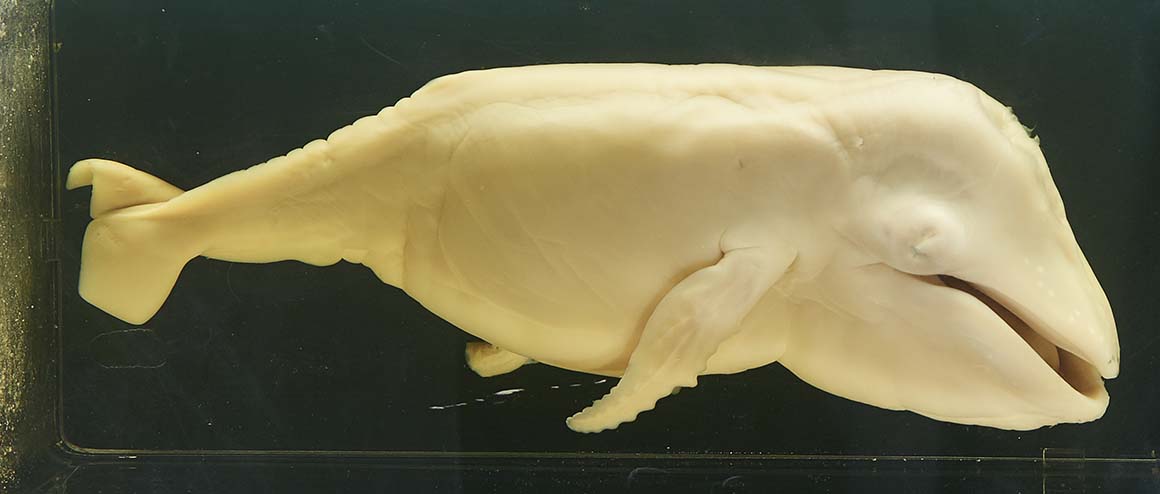
A humpback whale foetus.
These seven whale foetuses show the development of humpback whales in the first few months of their lives.
Ranging from a few days to around seven months old, the specimens have been in the Natural History Museum collections for more than 100 years and are of great value to scientists.
Why are they important?
Our whale expert Richard Sabin explains, “Specimens like these show how animals develop in the womb, and the physical characteristics they have in later life.”
“In the case of the humpback whale, the foetuses also show the presence of things that disappear before they are born. These things can tell us about the evolutionary history of whales.”
“For instance, humpback whales are filter feeders, meaning they have hundreds of plates of baleen in their mouth instead of teeth.”
“But baleen whales do grow teeth in the womb. Those teeth will be re-absorbed later on as the foetus develops, and the baleen will begin to grow.”
The biggest foetus in the series was seven or eight months old when it died.
You can see the humpback’s characteristic long, knobbly pectoral flippers beginning to grow larger.
A humpback whale’s gestation period is about 11 months. Although this foetus would have remained in the womb for another three to four months, it already looks like a fully-formed, minature whale.
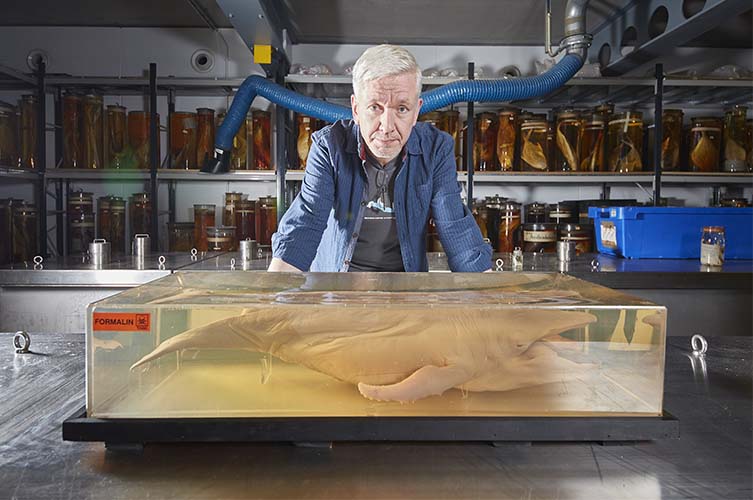
Richard Sabin with a humpback foetus in the Museum's collections. This whale was seven months old when it died.
Where are the specimens from?
These whales are a reminder of the scientific community’s relationship with the whaling industry in the twentieth century.
They came from whaling activities in South Georgia, in the southern Atlantic, where British scientists were periodically based in the first half of the twentieth century.
The British government also placed scientists aboard whaling ships to make observations of the whale carcasses, collect samples and report back with data back.
While this activity involved witnessing whale hunting, it generated a huge amount of both data and specimens, and helped contribute to the eventual ban on commercial whaling.
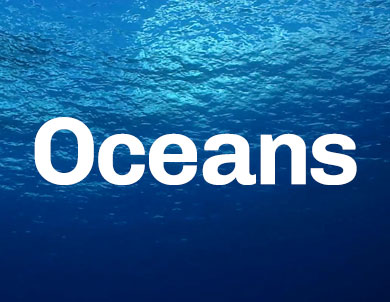
Discover oceans
Find out more about why we need to protect the oceans, find themed events, and read about the pioneering work of the Museum's marine scientists.
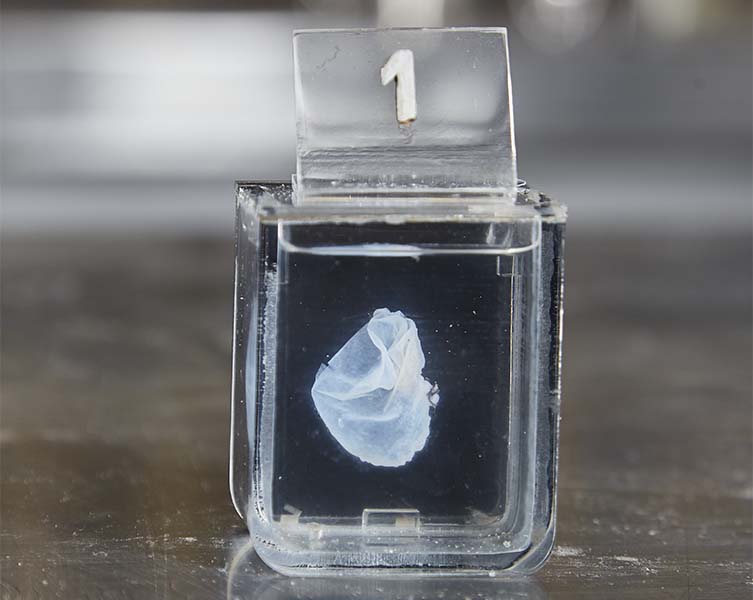

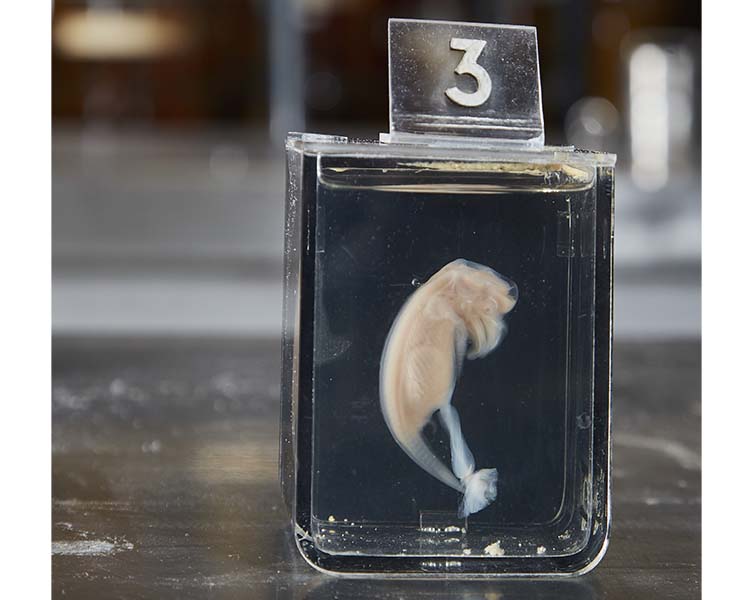
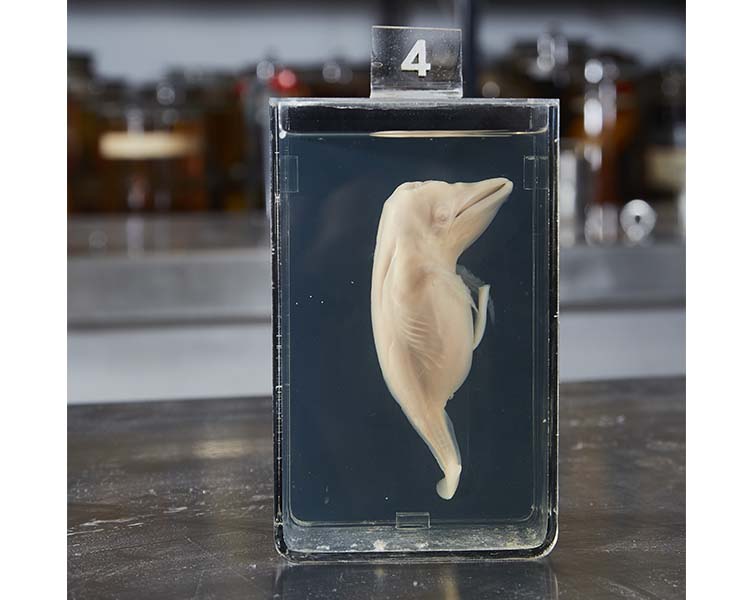
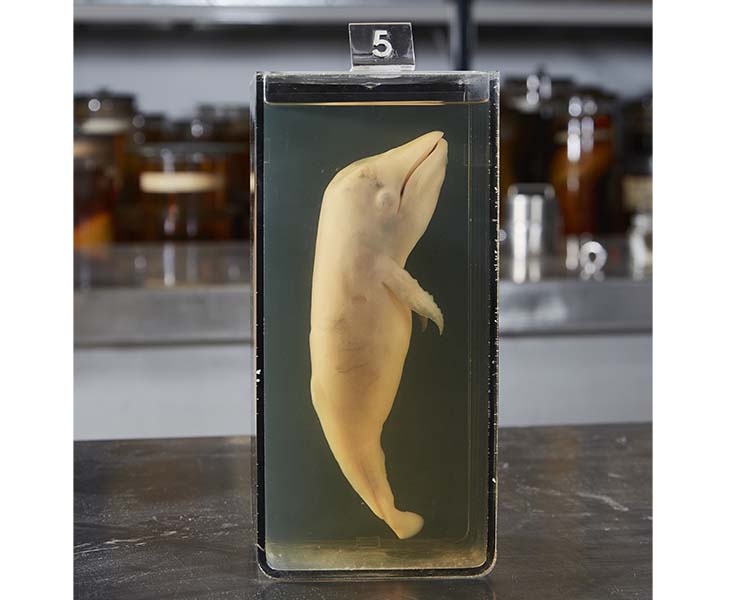

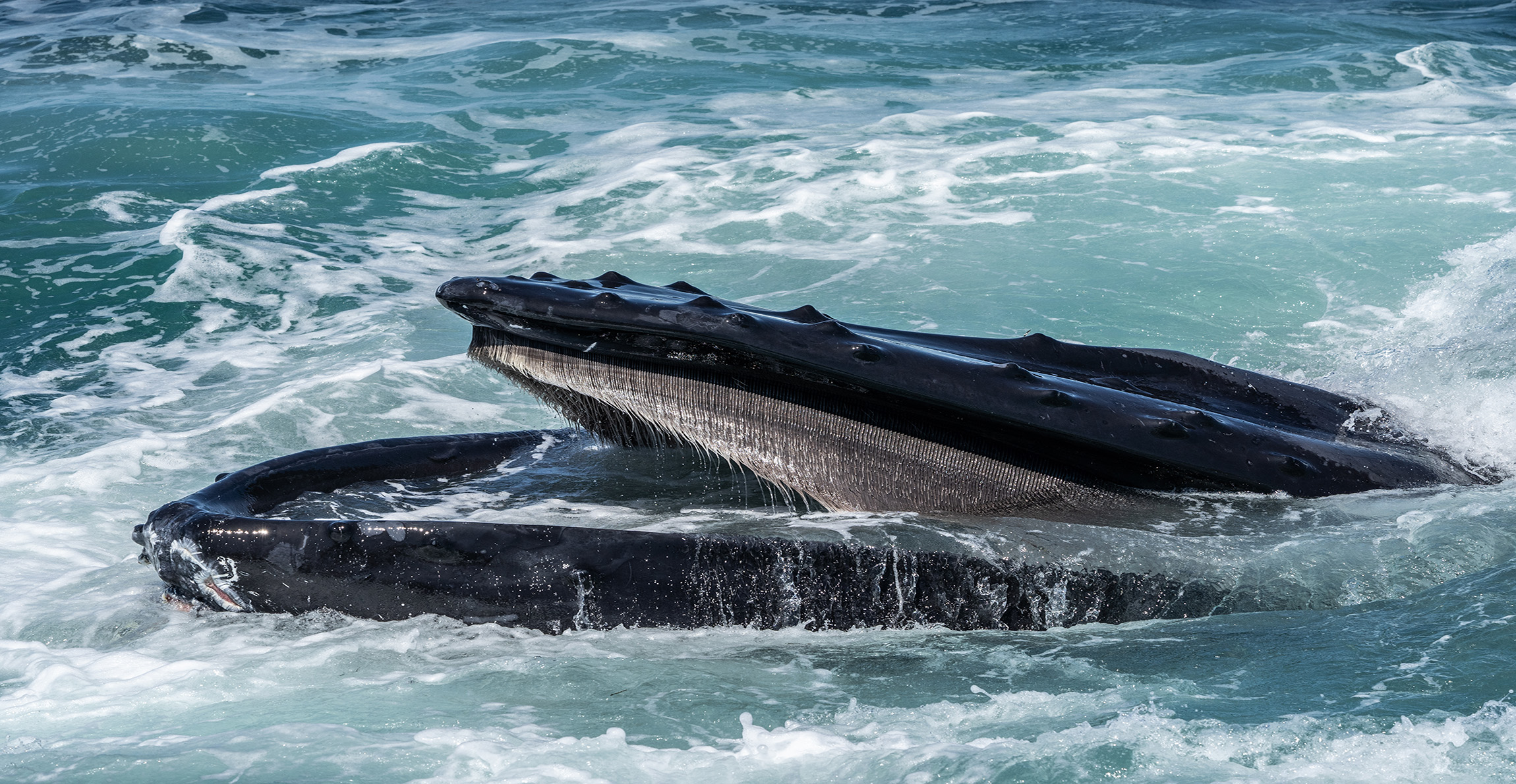

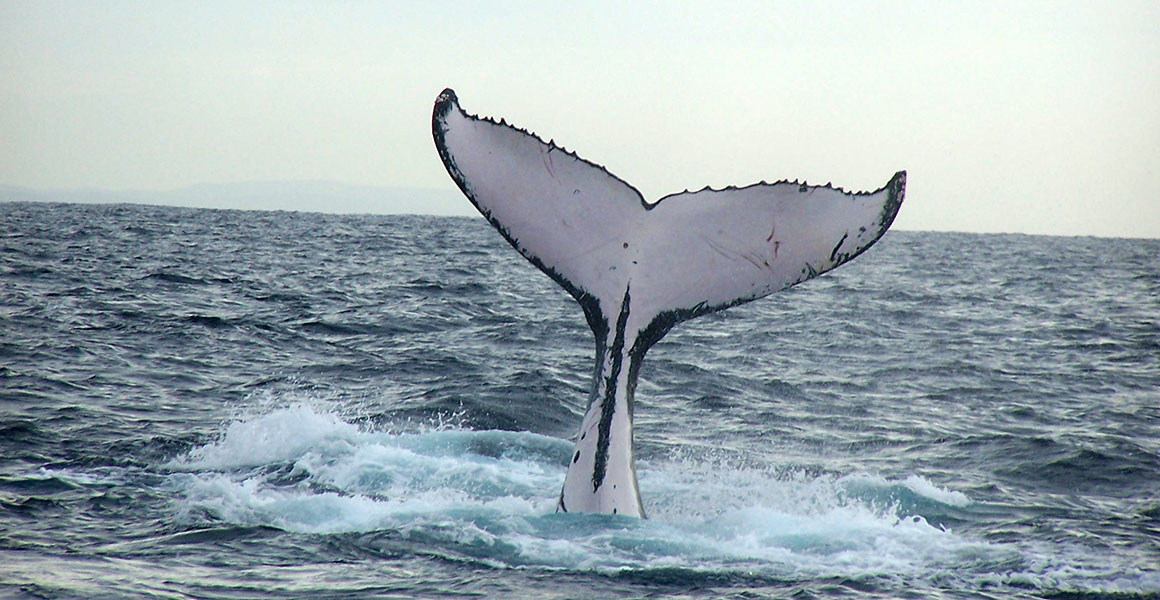
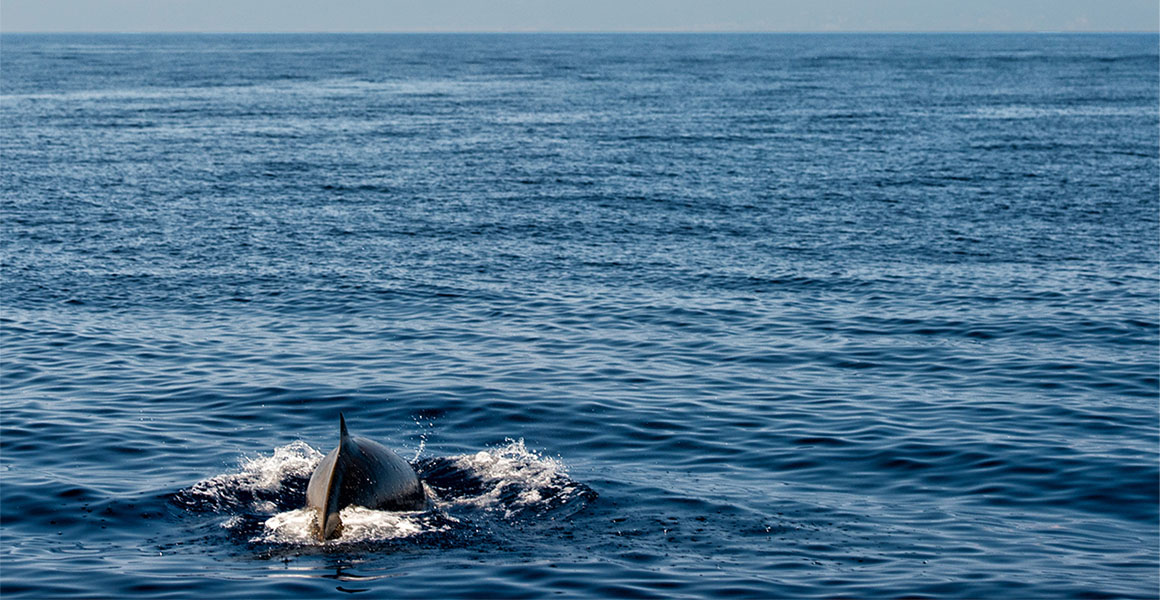
Don't miss a thing
Receive email updates about our news, science, exhibitions, events, products, services and fundraising activities. We may occasionally include third-party content from our corporate partners and other museums. We will not share your personal details with these third parties. You must be over the age of 13. Privacy notice.
Follow us on social media